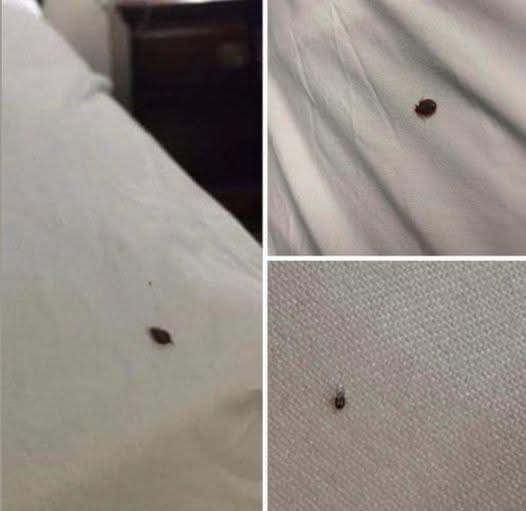
I’ve always considered myself pretty nature-friendly. Spiders? I relocate them outside. Snakes? Fascinating creatures. But ticks? That’s where I draw the line.
Unlike most creepy crawlies, ticks aren’t just unsettling — they’re sneaky, invasive, and carry the risk of serious illness. What’s worse, they can turn up inside your home without you ever realizing it.
Why Ticks Matter More Than You Think
Ticks aren’t just annoying — they’re potential carriers of dangerous diseases, including:
- Lyme disease
- Tick-borne encephalitis (TBE)
- Mediterranean spotted fever
- Babesiosis
Left untreated, these illnesses can become chronic or even life-threatening. That’s why spotting even one tick indoors should never be brushed off.
How Do Ticks Get Inside Your Home?
You’d be surprised how easily these pests make their way into your house. Here’s how they usually hitch a ride:
- Pets: Dogs and cats can bring them in after walks or playtime outdoors.
- Your own clothing: Ticks can cling to you after hiking, gardening, or simply brushing past tall grass.
- Other animals: Mice, birds, or even insects can carry ticks into your living space.
What To Do If You Find a Tick Inside
Don’t panic — but do act quickly and carefully:
1. Capture it safely
Use tweezers or a piece of stiff paper to pick it up. Avoid crushing it with your fingers.
2. Dispose of it the right way
Drop it into a sealed container with alcohol or bleach. Don’t flush it — some ticks can survive that.
3. Inspect everyone
Check your pets, your children, and yourself. Focus on common hiding spots like:
- Scalp and behind ears
- Underarms and groin
- Behind knees
If a tick is attached, remove it gently with tweezers and clean the area thoroughly. If anything seems off, consult a healthcare provider or vet.
How To Prevent Ticks From Coming Back
Prevention is your strongest weapon. Try these simple strategies:
- Protect your pets: Talk to your vet about tick-prevention products like collars, drops, or oral meds.
- Be smart outdoors: Wear light-colored clothes to spot ticks more easily, and always check yourself after being outside.
- Yard maintenance: Keep grass short, remove leaf piles, and trim shrubs, especially near your home’s entry points.
- Use repellents: Sprays made for skin, clothing, or pets add a valuable layer of protection.
- Clean regularly: Vacuum carpets and wash pet bedding often.
- Seal entry points: Make sure rodents and birds can’t get into your home—they often carry ticks unknowingly.
When to Seek Medical Attention
If you’ve been bitten and notice any of the following symptoms, contact a doctor right away:
- Fever, chills, or fatigue
- Muscle or joint aches
- A red rash with a bullseye pattern
- Dizziness or confusion
Final Thoughts
They may be tiny, but ticks pose a very real health risk. If you spot one in your home, take it seriously. Act fast, stay vigilant, and follow preventive steps to keep both your family and your pets safe.


